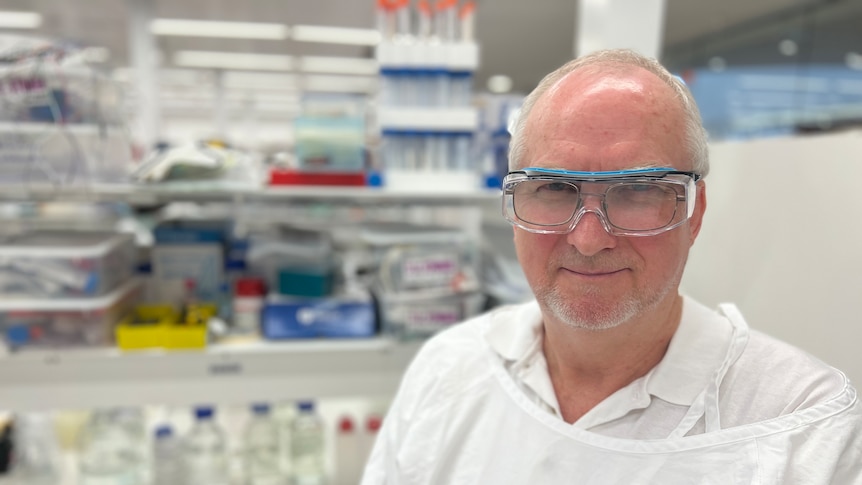Ed Brackenreg’s biomedical start-up Codex Research has set itself an ambitious target.
“Our goal is to achieve a future one day, at some point, where no-one will bother with any animal experiments anymore,” he says.
As testimony through the New South Wales government’s parliamentary inquiry into the use of primates and other animals in medical research has shown, a world without animal testing is an attractive notion.
Breeding animals for medical research is time-consuming, expensive, and as Mr Brackenreg argues, increasingly irrelevant.
“Ninety-two per cent of drug trials that succeed in mice fail in humans,” he said.
Ethics committees must also be persuaded that a project adequately adheres to the “three Rs” of animal testing: reducing the number of animals used where possible, considering non-animal replacements, and refining the experiments to minimise suffering.
But as virologist Tony Cunningham from the Australian Academy of Health and Medical Sciences told the Inquiry in June, it’s an option the scientific community cannot yet let go.
“We have not nearly reached the point where we can eliminate all animals,” he said.
“For the time being — and as far as we can see — animal models will be essential for advancing medical research.”
Professor Cunningham’s own work has included the development of RNA COVID vaccines, which involved testing on mice, Syrian hamsters and primates.
“We would not have had COVID vaccines within a year if we had not had primate research … we could have lost millions more people,” he said.
But alternatives are on the way.
In collaboration with cardiovascular researcher Steven Wise and the University of Sydney’s Charles Perkins Centre, Codex Research is developing a machine to replace some animal models.
The perfusion bioreactor, or “blood-vessel-in-a-box”, uses human cells to grow tissue-like structures that can be subjected to physical forces like pressure and flow.
The cells of patients could be used, resulting in highly targeted and personalised medicine.
According to market research firm Nova One Advisor, the global market for three-dimensional cell cultures like those used in the Codex bioreactor is expected to pass $10 billion by 2030.
“This is very much the ground floor for this sort of technology,” Mr Brackenreg said.
“If you’re talking about the silicon chip revolution, this is the equivalent of the 1970s.
“We have the opportunity here in Australia to jump on board … and make a name for our country as being a source of this sort of technology.”
In its final report, tabled in parliament on Friday, the committee reached a similar conclusion.
“There is an opportunity for NSW, as a significant participant in medical research, to be at the forefront of developing alternatives to the use of animals,” the report said.
It recommended the government provide funding to help establish and operate a “national flagship 3Rs research centre”.
Such an investment, it went on, would allow the state to “take the lead about how best to maximise the efficiency and ethics of medical research with a view towards ending the use of animals in medical research”.
Professor Cunningham said while he supported the idea of a 3Rs facility, caution should be applied to funding.
“You’ve got to be careful you don’t put too much money into one particular area at the expense of others and find that it doesn’t accelerate progress,” he said.
As well as human-derived cell models, alternatives currently in development include ‘organ-on-a-chip’ devices and sophisticated computer modelling.
Mr Brackenreg said as technologies increasingly became viable replacements for animal models, the rest of the scientific community would also need to adapt.
“The body responsible for allowing drugs to be used on humans here in Australia won’t allow anything to happen without trials first shown to be safe and effective on animals,” he said.
“The established pathway is, you do cell tests in a petri dish or a T-flask and once you’re satisfied with those tests you move on to do animal testing.
“If you’re doing anything different from that, good luck getting published.”
